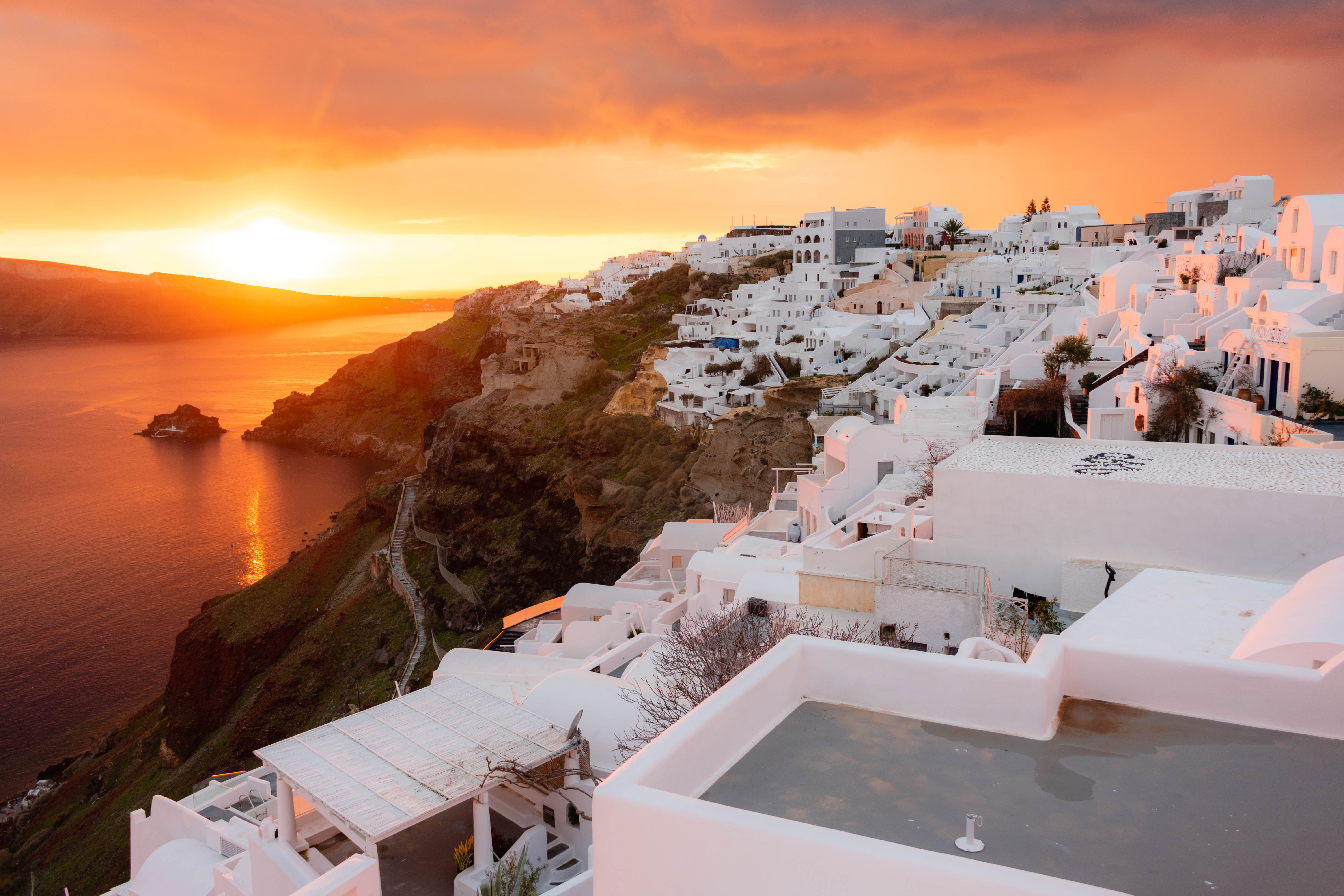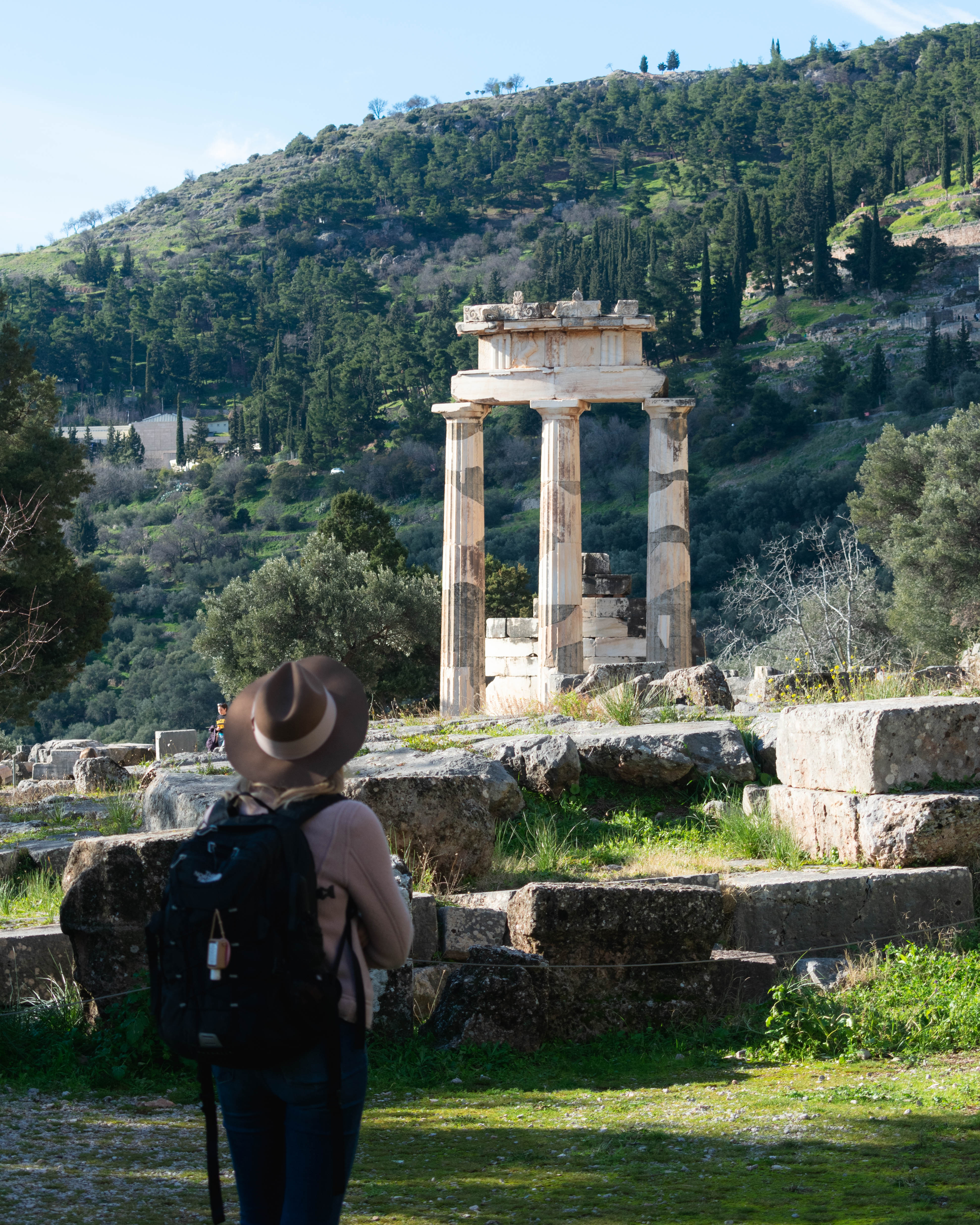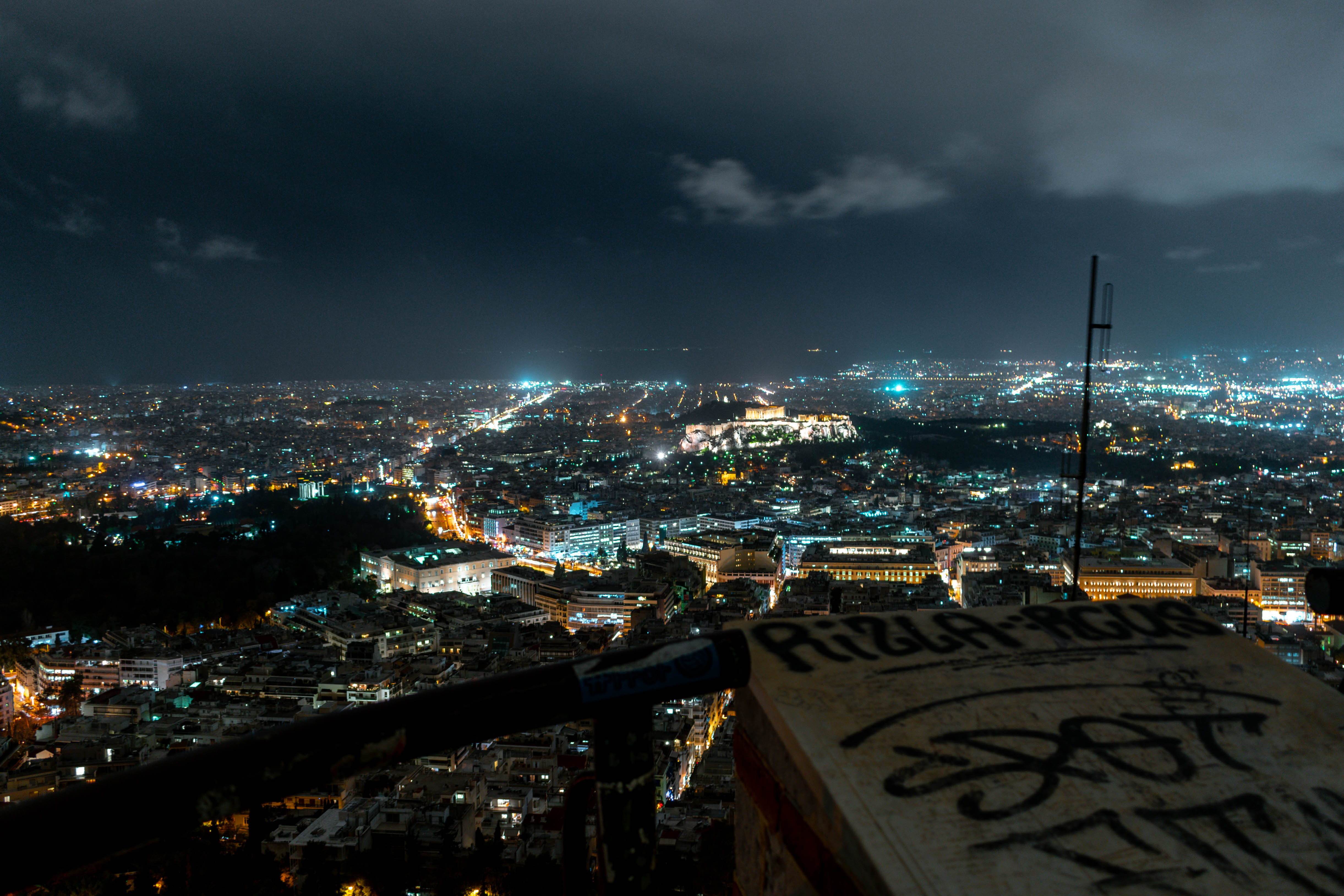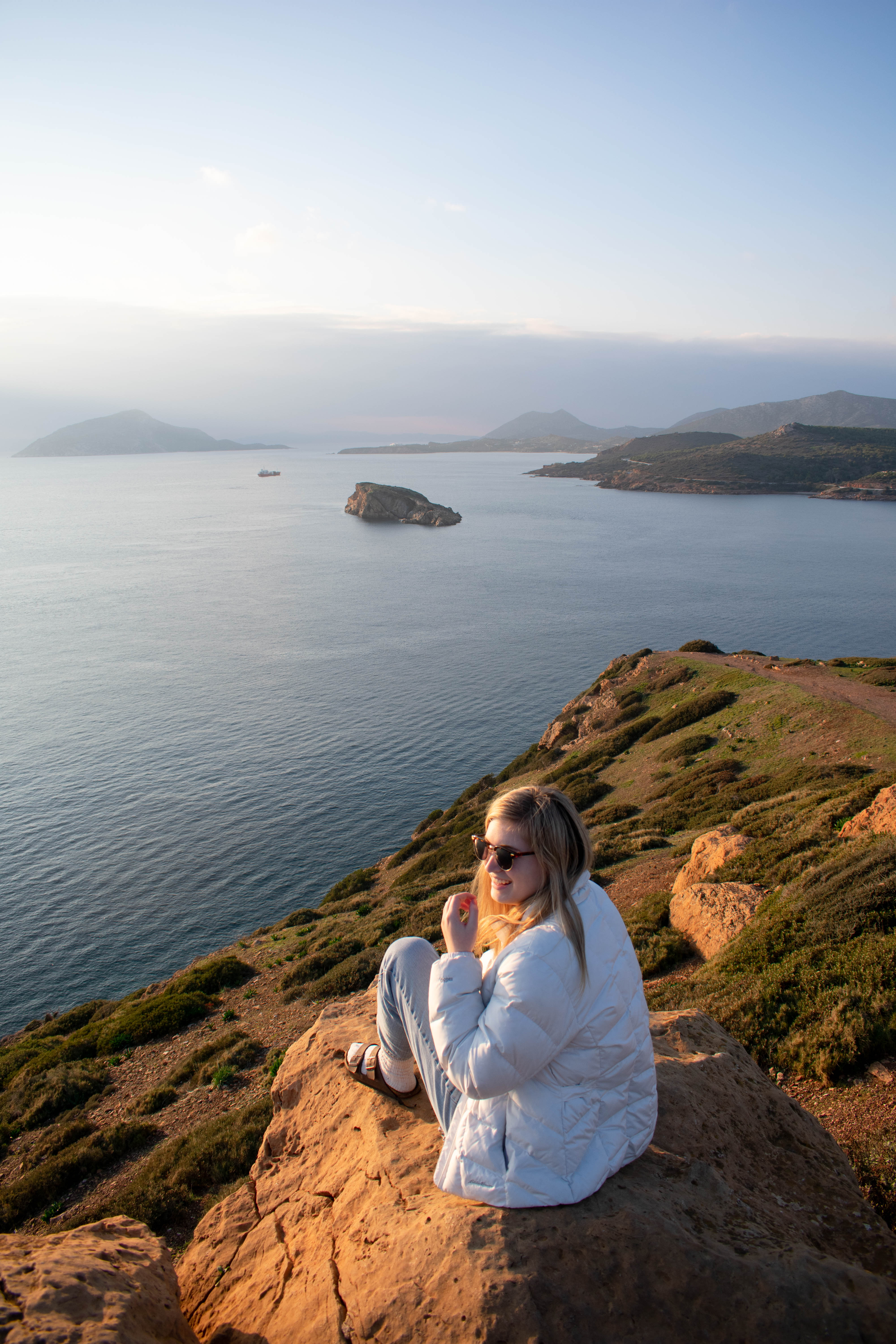I’ve been a thinking for a while about how to write a conclusion to the experiences we have had over the past few weeks. The problem is, I don’t think that my writing skills can truly articulate and summarize this trip. Greece cannot be quantified. Greece, like many other popular destinations, is romanticized. But this doesn’t mean that it fails to live up to the expectations. It passes them with flying colors. But coming into this trip it was hard to know exactly what to expect because of the romanticization surrounding Greece.

Arriving back in Athens after spending a week and a half on the islands was a strange feeling. Maybe it was a feeling of realization that our time here is nearly at an end, but it also felt like coming back home. I loved the islands, they were beautiful and full of rich history. But I think that Athens will always hold a special place in my heart. It was nice to come back to something that is both familiar and unfamiliar. We only lived here for 2 weeks, but that was enough time to learn the layout of a small portion of the metropolis and form connetions with some of the people here. It was a nice feeling to be greeted with an exuberant “welcome home” when we stopped by to visit some of our Athens friends the night we got back.
This morning several of us woke up before the rest of Athens and returned to the spot that I talked about in my first blog post, Areopagus. The six of us sat in silence and watched the sky turn pink behind the Acropolis and listened to the city come to life. The only sounds were those of the church bells and pigeons (okay, and some random guy that was yelling in the distance). I’ve always liked the liminality of sunrises, and though the sky didn’t explode with color, it was peaceful and perhaps slightly magical.

We may never return to these exact places with the same people and perspectives, but these times are something that I will take with me. I am returning to PLU with a new perception. I know that it differs from the perceptions that my classmates have developed because we all come from very different backgrounds and had different experiences throughout this trip. Your perception is what you make it. But I know that this trip would not have been the same without the things that each person brought to it.
In hindsight, the events of this trip feel somewhat like the plot of a book; complete with an exposition, rising action, climax, falling action, and a bittersweet resolution. Life very often works like that, though nearly always ends up being better and stranger than fiction. This trip surpassed every expectation set by books, movies, and other people. I will always remember it as being filled with sunsets, ancient ruins, good people, and a plethora of stray cats.















